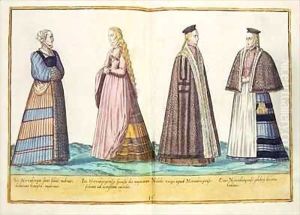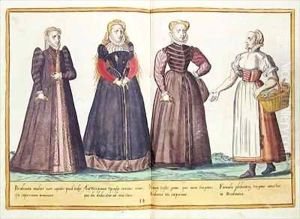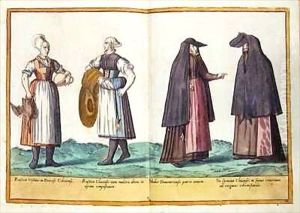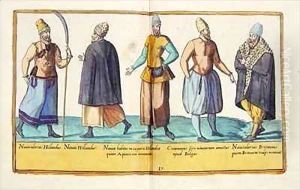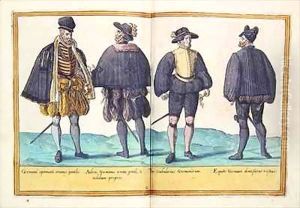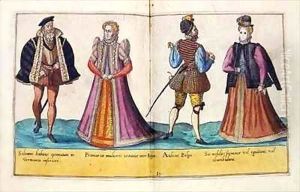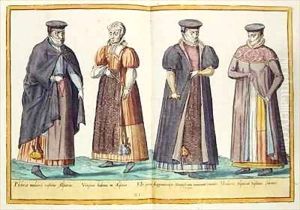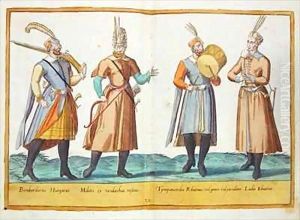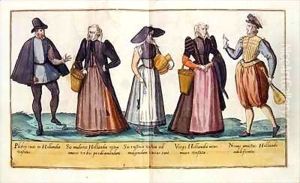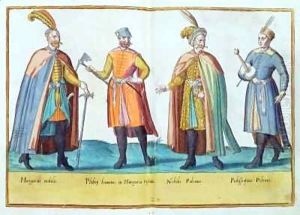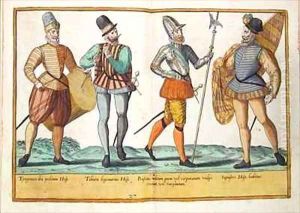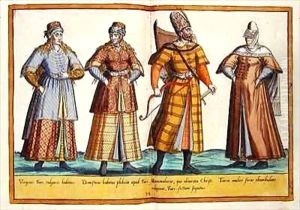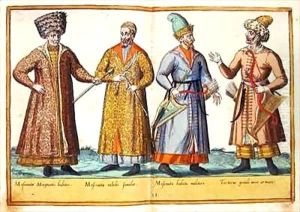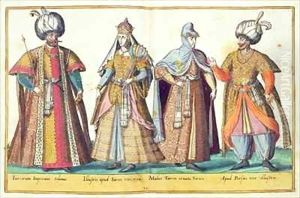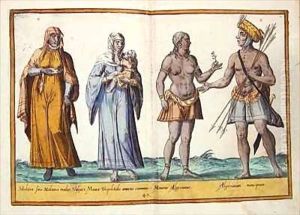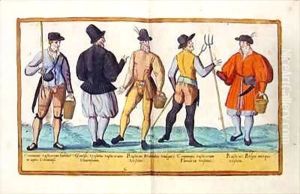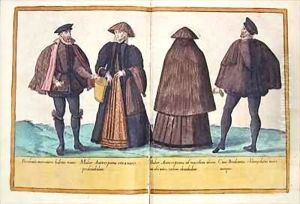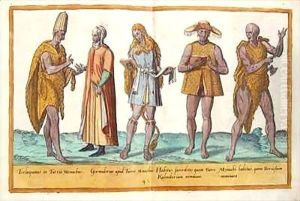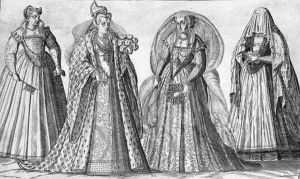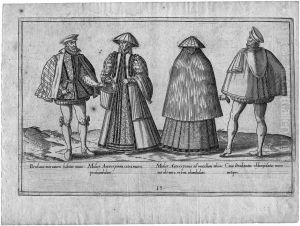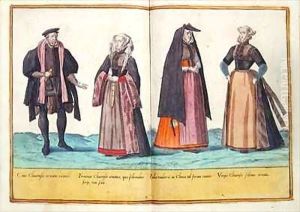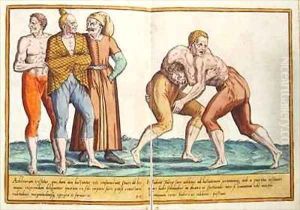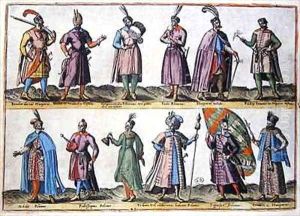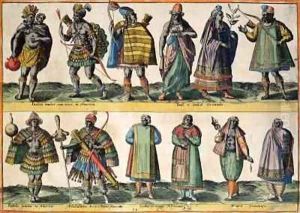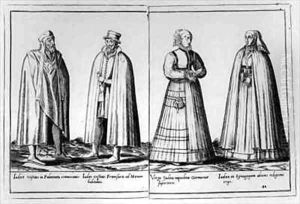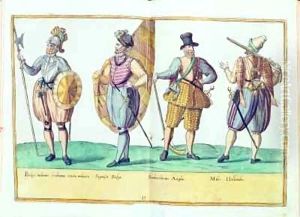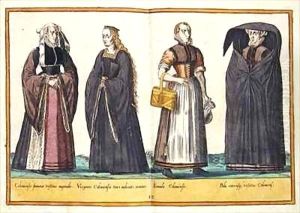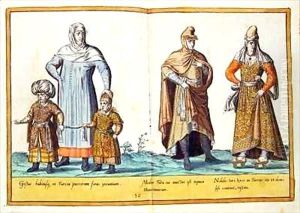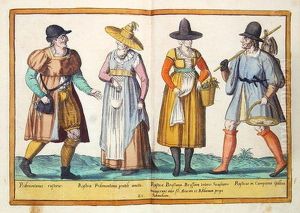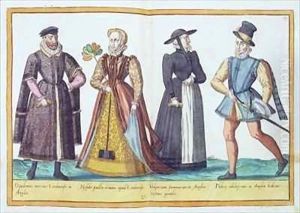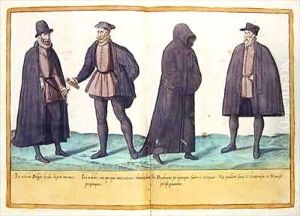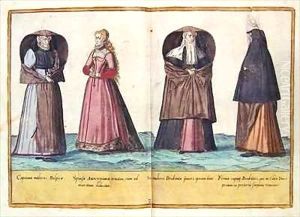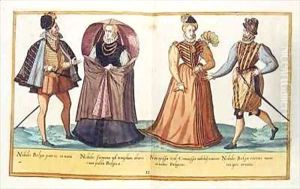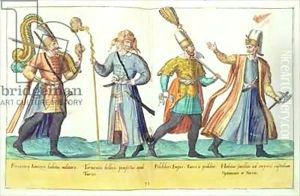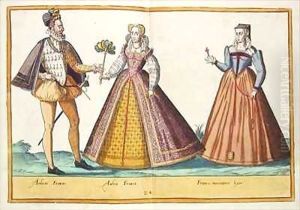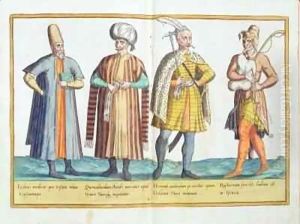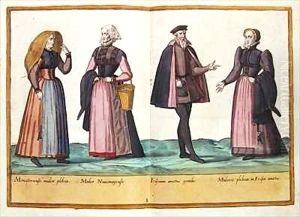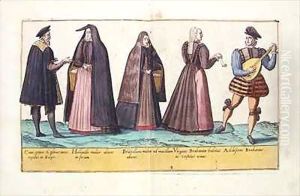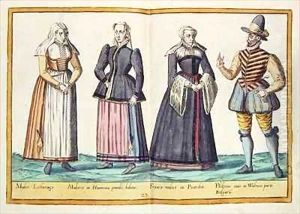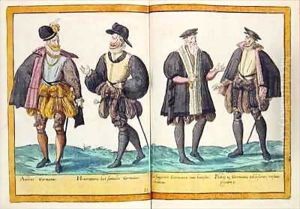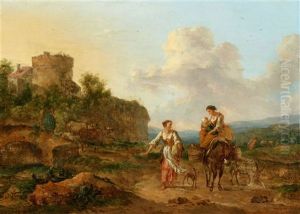Abraham de Bruyn Paintings
Abraham de Bruyn was a Northern Renaissance engraver and artist, known for his detailed works and contributions to the art of printmaking. Born in 1538 in Antwerp, which was then part of the Spanish Netherlands, de Bruyn was part of a family of artists and became a master in the Antwerp Guild of St. Luke in 1565. His work primarily consisted of engravings, and he is noted for his precise and intricate style, which was typical of the Flemish tradition. De Bruyn was particularly adept at depicting clothing and costumes, and his series of costume prints were influential in spreading the knowledge of contemporary fashion across Europe.
In addition to his costume series, de Bruyn produced portraits, religious subjects, and allegorical scenes. His prints often featured rich ornamentation and a high level of detail, and they were widely circulated during his lifetime. This not only contributed to his fame as an artist but also provided a visual record of the period's fashion and social customs.
Abraham de Bruyn's life and work were part of the broader context of the Renaissance in Northern Europe, where there was a strong focus on detail, technique, and the emerging practice of printmaking. Printmaking allowed for the reproduction of artworks and thus made them more accessible to the public, contributing to the spread of Renaissance art and ideas.
De Bruyn moved to Cologne later in his life, where he continued to work and publish his prints. He died there in 1587. Although not as widely known as some of his contemporaries, de Bruyn's work remains of interest to art historians and collectors for its quality and for the light it sheds on the culture of the time.
